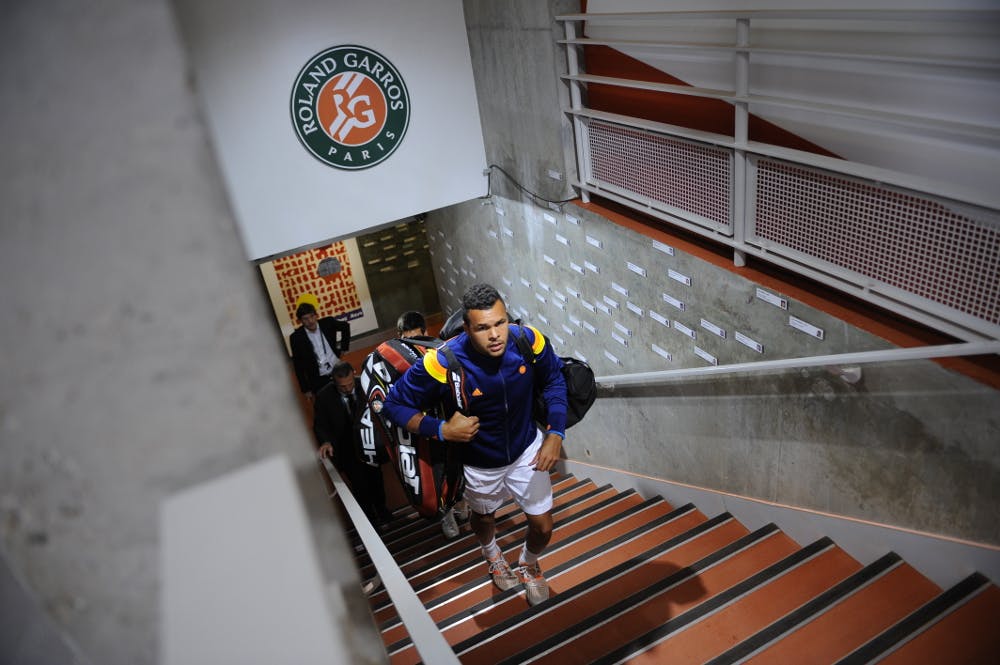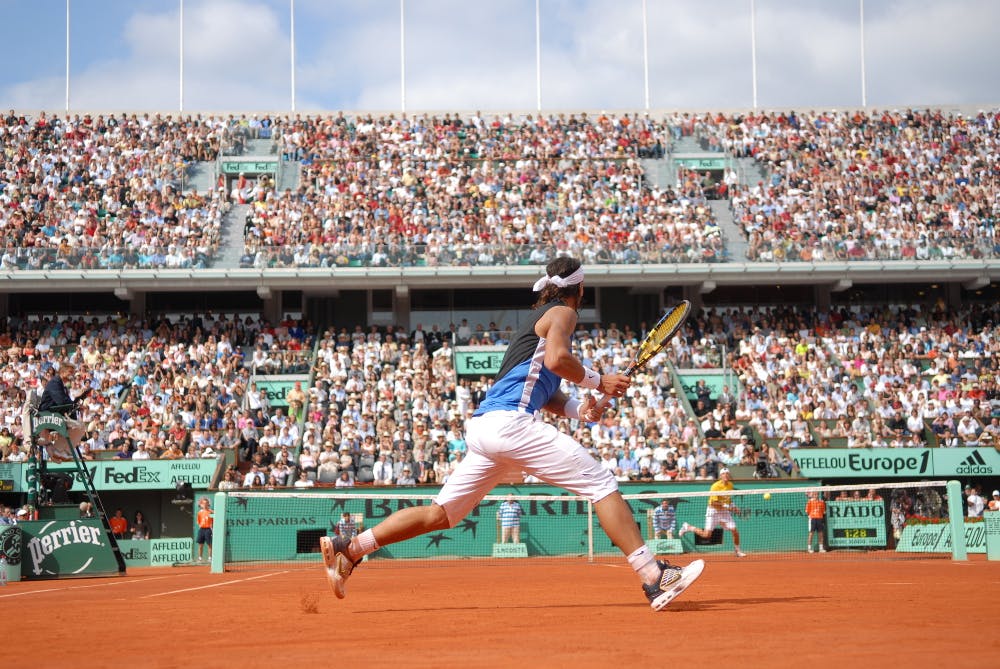Australia’s Ashleigh Barty knows how Brady feels. On her Chatrier debut back in 2014 she too faced French opposition, losing to Alize Cornet, noting the impact of the fans on the match afterwards.
“I’ve played on all the centre courts around the world in the Grand Slams, which is pretty cool – they're all amazing courts,” she said. “This one is definitely different to the rest of them – the crowd got involved a little bit.”
Chatrier crowds are typically the most animated and involved audiences in tennis. Cheers and whistles break out amid the regular bursts of ‘Allez’ and ‘Ole’ from the stands, leaving the players in no doubt about their feelings about the action in front of them.
“I think the crowd knows tennis very well,” three-time former champion Serena Williams said back in 2014. “I think the crowd loves tennis, and I think the crowd is really genuine in the heart. That’s why they know what they want when they see people play, and I think it’s a great thing.”
"I lived it on TV before experiencing it for real – that makes it always special”
Gustavo Kuerten, another three-time champion, once said Chatrier was “like the Maracana” – perhaps the highest honour a Brazilian can bestow upon a tennis stadium, while also comparing the open space and domineering nature of the football and tennis arenas. With a capacity of 14,991, Chatrier ranks just ahead of Melbourne Park’s Rod Laver Arena (14,820) and Wimbledon’s Centre Court (14,916), though all three are some way short of Arthur Ashe Stadium’s 23,771 seats for the US Open.
But for the players, the clay court features a 32-foot run-off behind the baseline, more than both Ashe and Centre Court (27ft) and around the same as Laver, which is also wider and therefore the largest Grand Slam court worldwide. Factor in the slow, high-bouncing clay, and Chatrier offers that rarest of combinations on a tennis court: time and space.
And that makes a difference – just ask Rafael Nadal. “It’s obvious that a big court helps a little bit more my game,” said the nine-time Roland-Garros champion, arguably the game’s greatest ever clay court player. “For the opponent, is a little bit more difficult to attack, to see the clear winner.”
 ROLAND-GARROS
18 May - 7 June 2026
ROLAND-GARROS
18 May - 7 June 2026




